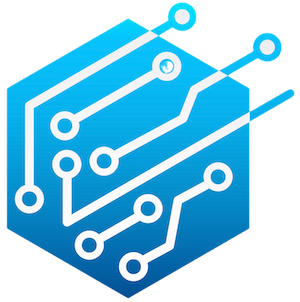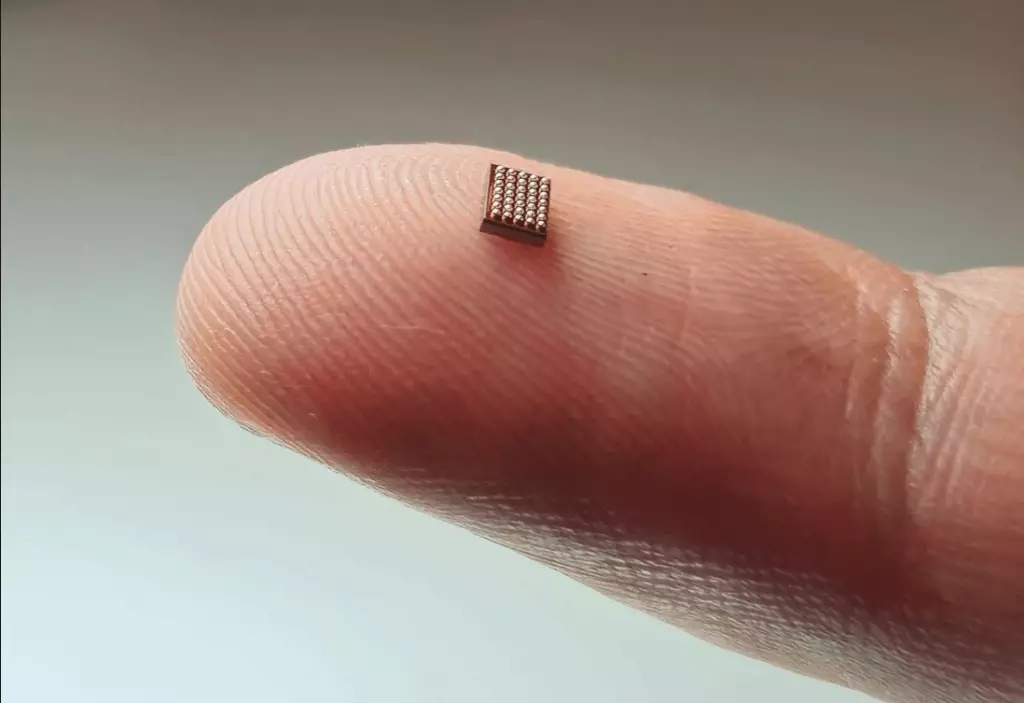In the ever-evolving landscape of AI hardware, a new paradigm called neuromorphic computing is quietly revolutionizing the industry. While much attention is focused on large language models powered by Nvidia GPUs, the limitations of traditional deep learning architectures are becoming increasingly apparent. Neuromorphic systems, which aim to mimic the way biological brains process information, offer a promising solution to slash computational and power requirements by orders of magnitude.
The Advantages of Neuromorphic Processors
Neuromorphic processors operate by using networks of artificial neurons that communicate through spikes, similar to real neurons in biological brains. This brain-inspired architecture provides distinct advantages, especially for edge computing applications in consumer devices and industrial IoT. These processors are capable of performing complex AI tasks while using a fraction of the energy compared to traditional solutions, enabling capabilities like continuous environmental awareness in battery-powered devices.
Innatera, a leading startup in the neuromorphic chip space, has unveiled its flagship product, the Spiking Neural Processor T1. This cutting-edge processor combines an event-driven computing engine with a conventional CNN accelerator and RISC-V CPU, creating a comprehensive platform for ultra-low-power AI in battery-powered devices. The T1 demonstrates a significant energy efficiency improvement and pattern recognition speeds that outpace competitors.
Real-World Applications
In a compelling real-world example, Innatera has partnered with Socionext to develop a solution for human presence detection using neuromorphic technology. This innovative system combines a radar sensor with Innatera’s neuromorphic chip to create highly efficient, privacy-preserving devices. By detecting human presence with a radar sensor, the technology conserves energy and ensures privacy until it’s necessary to activate a camera. This application has broad implications for smart home automation, building security, and occupancy detection in vehicles.
Industry Interest and Growth
The rapid progress and impressive energy efficiency improvements of neuromorphic systems have sparked significant industry interest. Innatera has multiple customer engagements and is targeting the sensor-edge applications market with a goal of bringing intelligence to a billion devices by 2030. The company’s growth trajectory, from its inception as a spinout from Delft University of Technology to closing a $21 million Series A round, underscores the excitement surrounding neuromorphic computing.
The Future of AI
As neuromorphic chips gain traction and handle AI workloads at the edge, a complementary relationship with larger foundational models in the cloud is emerging. The efficiency and speed of neuromorphic processors excel at processing real-world sensor data, while large language models are better suited for reasoning and knowledge-intensive tasks. This shift in computing architecture toward neuromorphic systems offers the promise of more capable and sustainable AI that is dramatically more efficient.
Developer-friendly tools play a crucial role in accelerating the adoption of neuromorphic technology. Innatera has developed an extensive software development kit that allows application developers to target their silicon easily. Using PyTorch as a front end, the SDK enables developers to build neural networks in a standard PyTorch environment, lowering the barrier to entry for leveraging the power and efficiency of neuromorphic computing. This approach enhances the potential for rapid adoption and integration of Innatera’s technology into various AI applications.
The Promise of Neuromorphic Computing
While large language models dominate headlines, the true future of AI may reside in chips that emulate the processing capabilities of biological brains. As AI becomes pervasive in daily life, the demand for more efficient hardware solutions continues to grow. Neuromorphic computing represents a groundbreaking frontier in chip design, offering the potential to enable a new generation of intelligent devices that are not only more capable but also more sustainable. The possibilities with neuromorphic systems are just beginning to unfold, promising a future of AI that is faster, more efficient, and closely aligned with the remarkable abilities of biological brains.

